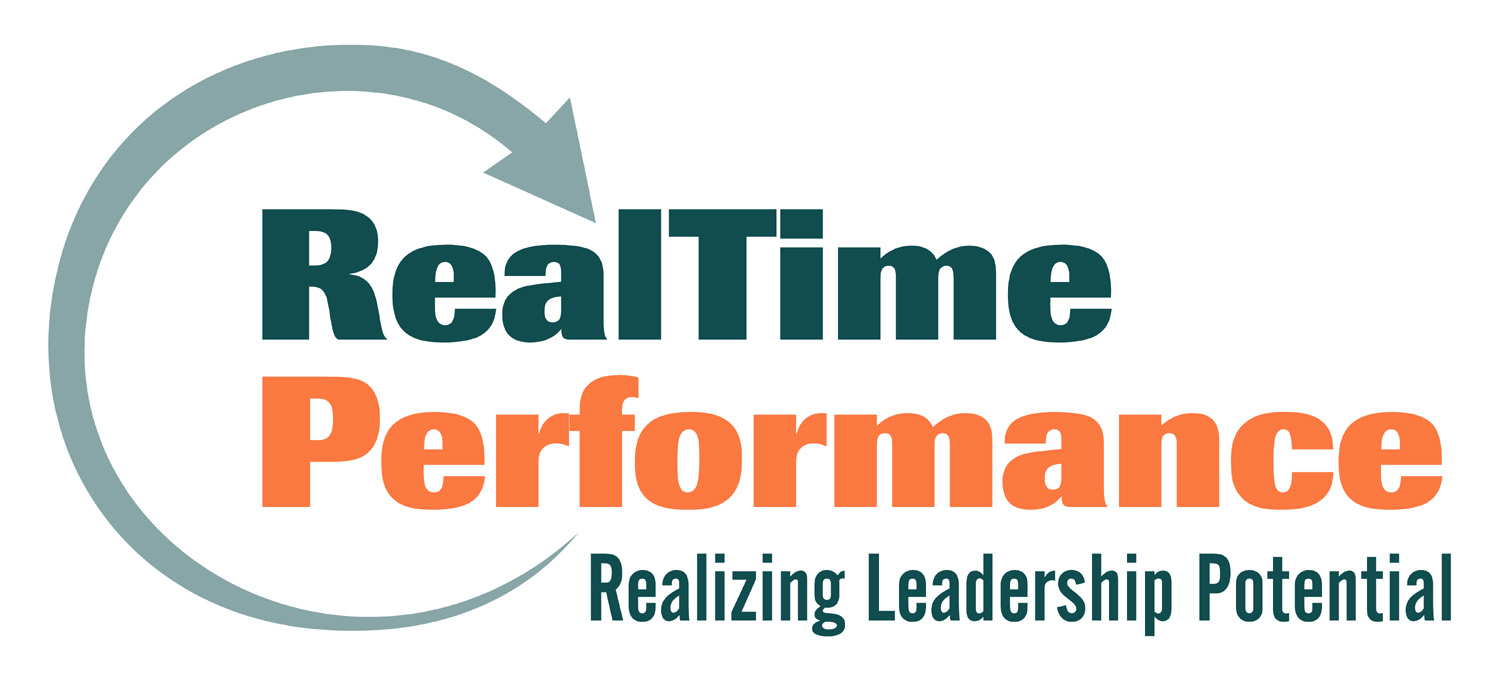A survey conducted in March 2009 by Innovation Tools found that the climate and funding for innovation is holding up during these difficult economic times. Instead of cutting back on R&D, as might be expected during a downturn, 37% of respondents reported “no change” in the level of funding for innovation, while another 28% reported an increase. The climate for innovation is also healthy with 27% reporting “improved slightly” and 20% reporting “improved significantly.”
Chuck Frey and Renee Hopkins Callahan, the authors of the study, summed it up this way:
In today’s re-engineered, lean business environments, innovation offers one of the few remaining strategies for positively impacting the bottom line while at the same time meeting customer needs and strengthening the organization’s competitive position, and the survey results appear to support that.
The fact that support for innovation is incresing is not surprising if you study how companies who continued to invest in innovation during the 1930s gained on their competitors when the economy picked up again. An article in the McKinsey Quarterly, “Innovation Lessons from the 1930s” shows the deceleration of patents during the 1930s, evidence that there was a broad pullback in innovation. However, the article goes on to point out that the few companies that did maintain or increase innovation like DuPont, Hewlett-Packard and Polaroid all did very well when the economy started to grow again.
Anne Mulcahy, the CEO of Xerox, warns companies of pulling back on innovation during times like this:
I know from experience one of the biggest mistakes that can be made right now is to slash investments in innovation. And by innovation, I don’t just mean product research and development. It can also be innovating in new markets, launching new businesses, and even disruptive innovation in work processes.
In the Fortune article cited above, Mulcahy draws on her experience earlier this decade when Xerox was experiencing its own downturn. At the time, many around her, including investors, were pressuring the company to reduce R&D, but she resisted, and it paid off for her and the company down the road.
The idea that companies look beyond just R&D is extremely important. The most popular innovation strategy during this recent recession, according to the Innovation Tools survey is “looking for creative ways to improve or extend your existing products.” The authors point out that while it is the breakthrough innovations like the iPod that grab all the headlines, for most companies it is little incremental improvements that add up to competitive advantage over time. These are what Ram Charan calls the “singles and doubles” rather than swinging for the fences.
The bottom line is, think hard before you cut back on innovation to save costs. It could make all the difference for your company in the long run.





nice post, the question is always who’s willing to invest!
Good point Mads. If you have a leader like Anne Mulcahy, you’re okay. But most of us don’t have that kind of leadership. It is my hope that by presenting the evidence for investing in innovation we can influence the decision makers. One key is to focus on innovation that leads to customer preference during buying decisions. Geoffrey Moore talks about this in his book Dealing with Darwin: http://www.dealingwithdarwin.com/